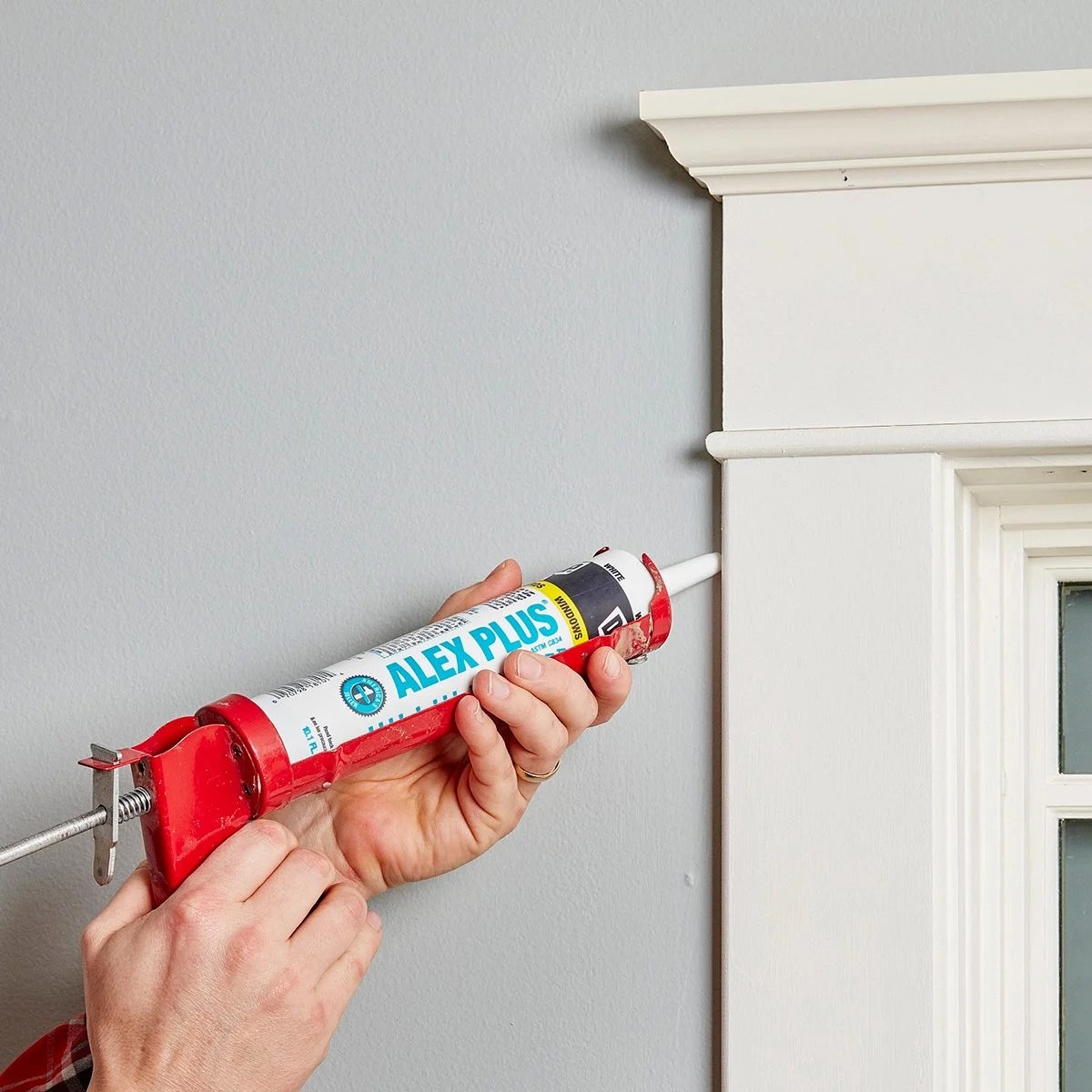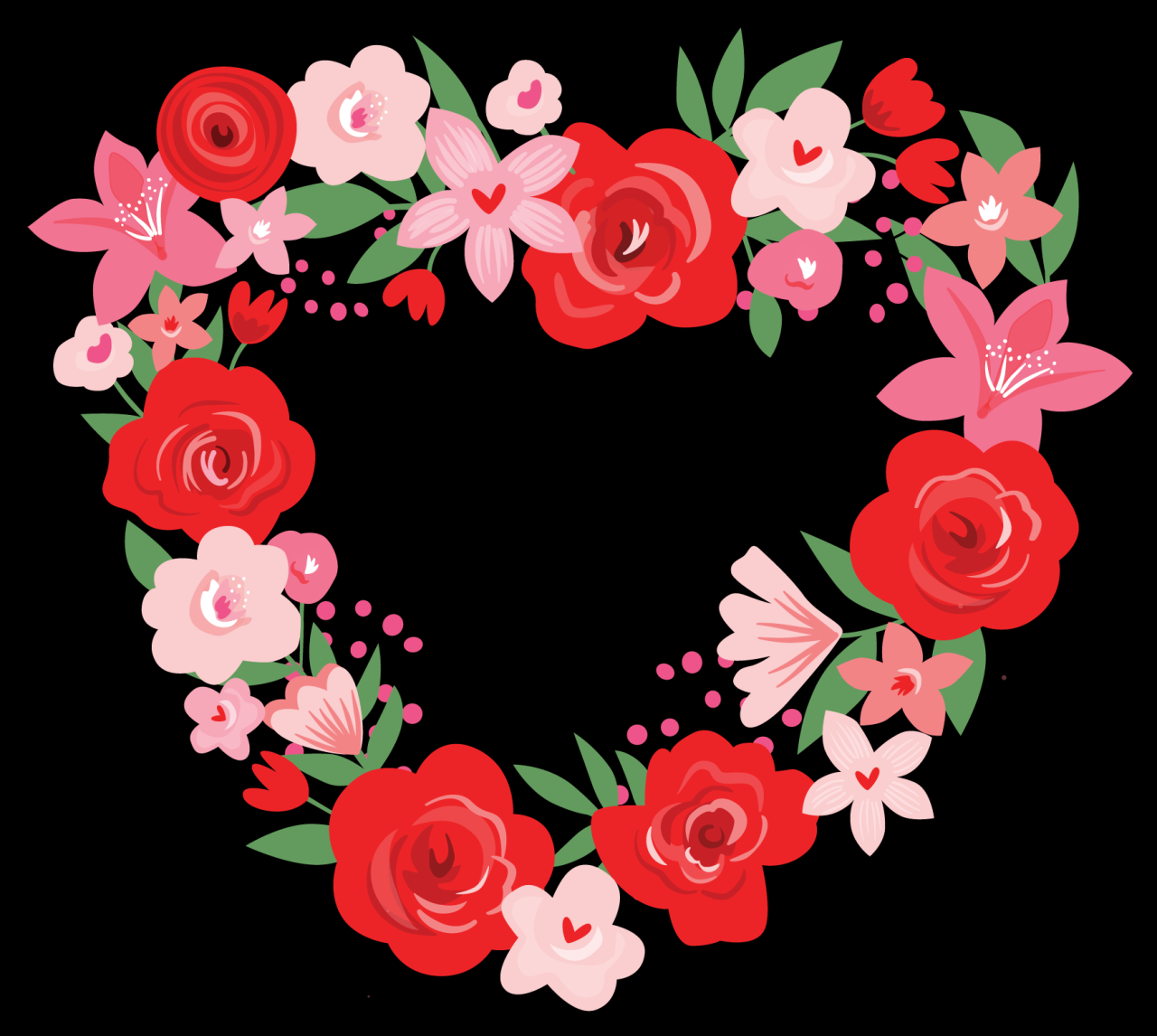In the realm of interior design, floor stencils stand as a testament to the transformative power of art. From classic patterns that evoke a sense of nostalgia to modern designs that push the boundaries of creativity, these versatile tools unlock a world of possibilities for personalizing and enhancing any space.
Whether you’re seeking to add a touch of elegance to your living room, create a vibrant atmosphere in your kitchen, or leave a lasting impression in a commercial setting, floor stencils offer endless inspiration and boundless opportunities to express your unique style.
Floor Stencil Designs
Floor stencils offer a versatile and budget-friendly way to transform any room in your home. From classic to modern and everything in between, there’s a floor stencil design to suit every taste and style.
When choosing a floor stencil design, it’s important to consider the room type and overall style. For example, a classic damask pattern might be perfect for a formal living room, while a modern geometric design would be more suited to a contemporary kitchen.
Stencil Design Options
- Classic Patterns:These timeless designs, such as damask, fleur-de-lis, and Victorian scrolls, add an elegant touch to any room.
- Modern Patterns:Geometric shapes, abstract designs, and metallic accents are popular choices for modern and contemporary interiors.
- Unique Patterns:If you’re looking for something truly unique, explore stencils featuring animals, nature scenes, or even your own custom designs.
Floor Stencil Materials
Choosing the right material for your floor stencil is crucial for achieving the desired results and ensuring durability. Let’s explore the different materials available and their advantages and disadvantages.
Vinyl
- Advantages: Vinyl stencils are affordable, easy to cut, and flexible, making them suitable for intricate designs and curved surfaces.
- Disadvantages: They can be less durable than other materials and may tear or stretch over time.
Plastic
- Advantages: Plastic stencils are more durable than vinyl and can withstand repeated use. They are also resistant to chemicals and solvents.
- Disadvantages: They can be more expensive than vinyl and may be difficult to cut for intricate designs.
Metal
- Advantages: Metal stencils are the most durable option, offering exceptional longevity and resistance to wear and tear. They can also be used for sandblasting and etching techniques.
- Disadvantages: Metal stencils are the most expensive and can be heavy and difficult to handle.
Floor Stencil Techniques
Unlocking the artistic potential of floor stencils demands a systematic approach, encompassing meticulous preparation, skillful application, and careful removal. By mastering these techniques, you embark on a transformative journey, breathing new life into your floors and elevating them into captivating works of art.
Preparation
The foundation of a successful stenciling project lies in thorough preparation. Begin by meticulously cleaning the floor surface, removing any dirt, debris, or wax that may impede adhesion. Next, apply a base coat of paint in a color that complements your stencil design.
Allow ample drying time to ensure a stable base for the stencil.
Application
With the surface prepared, it’s time to embark on the artistic process. Secure the stencil firmly to the floor using painter’s tape, ensuring no gaps or movement that could compromise the precision of the design. Using a stencil brush or roller, apply a thin, even coat of paint over the stencil.
Patience and precision are key here, as multiple layers may be necessary to achieve the desired opacity.
Removal
Once the paint has dried completely, the moment of truth arrives: stencil removal. Gently lift the stencil away from the surface, taking care not to smudge the fresh paint. Should any bleeding occur, promptly clean it up with a damp cloth.
Allow the painted design to cure thoroughly before exposing it to foot traffic or heavy objects.
Tips and Tricks
- For intricate designs, consider using a spray adhesive to enhance stencil adhesion.
- Practice on a scrap piece of material before applying the stencil to the actual floor.
- Use a stencil brush or roller specifically designed for stenciling to achieve crisp lines and minimize bleeding.
- If the stencil becomes clogged with paint, gently clean it with a damp cloth or a soft brush.
- Protect the stencil from damage by storing it flat or rolling it up loosely.
Floor Stencil Customization
Unleash your creativity and personalize your floor stencils to match your unique style and décor. Whether you envision intricate patterns, bold geometric shapes, or inspiring quotes, the possibilities are endless. With a few simple techniques, you can transform ordinary floor stencils into extraordinary works of art that reflect your individuality.
Creating Custom Floor Stencils
Design your own stencils using graphic design software like Adobe Illustrator or Inkscape. Experiment with different shapes, fonts, and textures to create one-of-a-kind designs. Alternatively, modify existing stencils by adding or removing elements, resizing them, or flipping them to create mirrored images.
For a more hands-on approach, create stencils by hand using tracing paper, scissors, and a craft knife. Sketch your design on tracing paper, then carefully cut it out to create a stencil. Alternatively, use a vinyl cutting machine to precisely cut out your design from adhesive vinyl.
Remember, customization is not limited to design. You can also personalize the size, shape, and color of your stencils to suit your specific project. Experiment with different materials like Mylar, plastic, or metal to find the perfect fit for your needs.
Floor Stencil Inspiration
Floor stencils offer endless possibilities for transforming your floors into works of art. They provide a cost-effective and creative way to add character and style to any space.
From intricate patterns to bold geometric designs, floor stencils can complement any decor style. Whether you’re looking to create a cozy and inviting atmosphere in your home or make a statement in a commercial space, floor stencils are an excellent choice.
Showcase of Inspiring Floor Stencil Applications
Here are a few inspiring examples of how floor stencils have been used to create stunning designs in various settings:
- Homes:Floor stencils can add a touch of elegance to entryways, create a cozy atmosphere in living rooms, and bring a pop of color to kitchens.
- Businesses:Stencils can transform retail stores into immersive experiences, enhance the ambiance of restaurants, and create a professional atmosphere in offices.
- Public Spaces:Floor stencils can add a playful touch to schools, create vibrant and inviting community centers, and beautify public parks.
With the right design and application, floor stencils can elevate any space, turning it into a truly unique and captivating environment.
Floor Stencil Maintenance
Ensuring the longevity of your floor stencils requires proper care and maintenance. Follow these guidelines to keep your stencils in pristine condition:
Cleaning:After each use, clean the stencil thoroughly with soap and water. Use a soft brush or sponge to avoid damaging the stencil’s delicate surface.
Repairing, Floor stencils
If the stencil becomes damaged, it can be repaired using clear adhesive tape or stencil repair adhesive. Carefully apply the adhesive to the torn or damaged area and press it firmly into place. Allow the adhesive to dry completely before using the stencil again.
Storing
When not in use, store stencils flat in a cool, dry place. Avoid exposing them to extreme temperatures or direct sunlight, as this can warp or damage the material. Roll up stencils only when necessary, and ensure they are rolled in the direction of the pattern to prevent creases.
Final Summary: Floor Stencils
As we conclude our exploration of floor stencils, it becomes evident that they are more than just decorative elements. They are a means of self-expression, a way to breathe life into your surroundings, and a timeless art form that continues to inspire and captivate.
So embrace the artistry of floor stencils, let your creativity soar, and transform your spaces into works of art that reflect your individuality and leave an unforgettable mark on all who behold them.
Q&A
What are the most popular floor stencil designs?
Classic patterns like damask, geometric shapes, and floral motifs remain timeless favorites. However, modern designs featuring abstract art, animal prints, and bold colors are gaining popularity.
How do I choose the right floor stencil for my space?
Consider the overall style of your room, the size and shape of the area you want to stencil, and the desired impact you wish to create. For example, small stencils with intricate patterns are suitable for accentuating specific areas, while larger stencils with bolder designs can make a statement in open spaces.
Can I create my own custom floor stencils?
Yes, you can create custom stencils using design software or by hand-cutting your own designs from stencil material. This allows you to personalize your stencils and create truly unique patterns.

